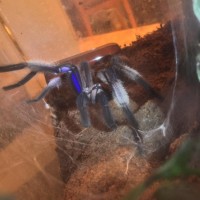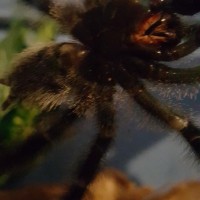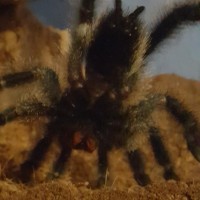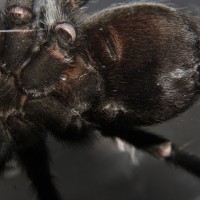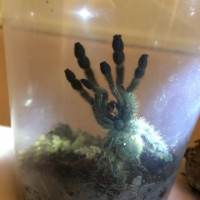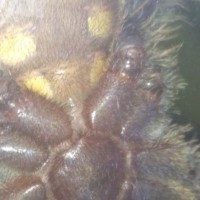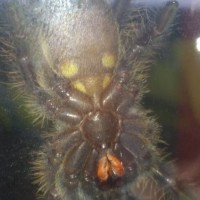Media information
Image metadata
- Device
- Canon Canon EOS REBEL T2i
- Aperture
- ƒ/14
- Focal length
- 126.0 mm
- Exposure time
- 1/60
- ISO
- 400
- Flash
- On, fired
- Filename
- IMG_0064.JPG
- File size
- 3.1 MB
- Date taken
- Tue, 06 November 2018 2:17 PM
- Dimensions
- 5184px x 3456px

